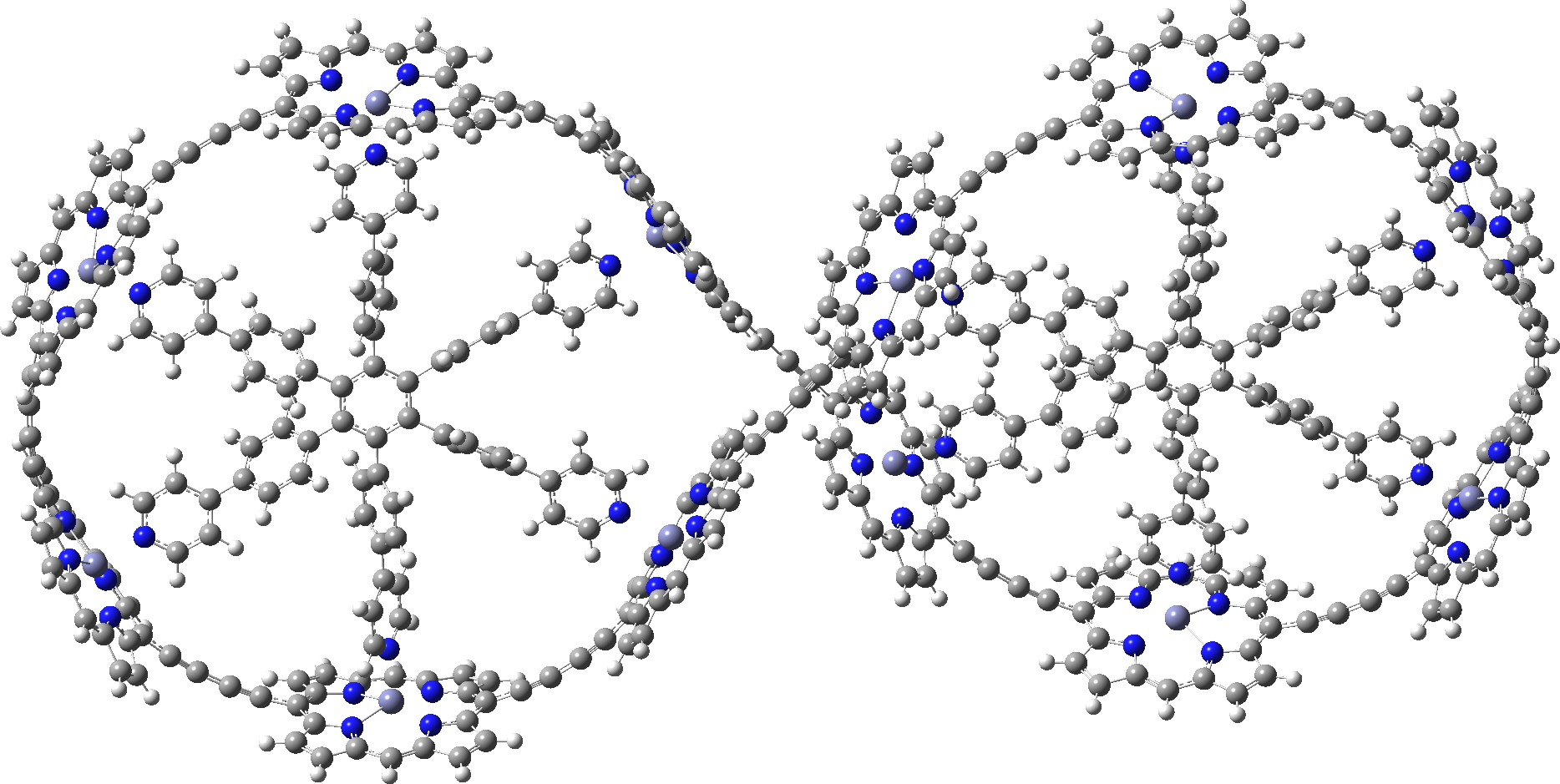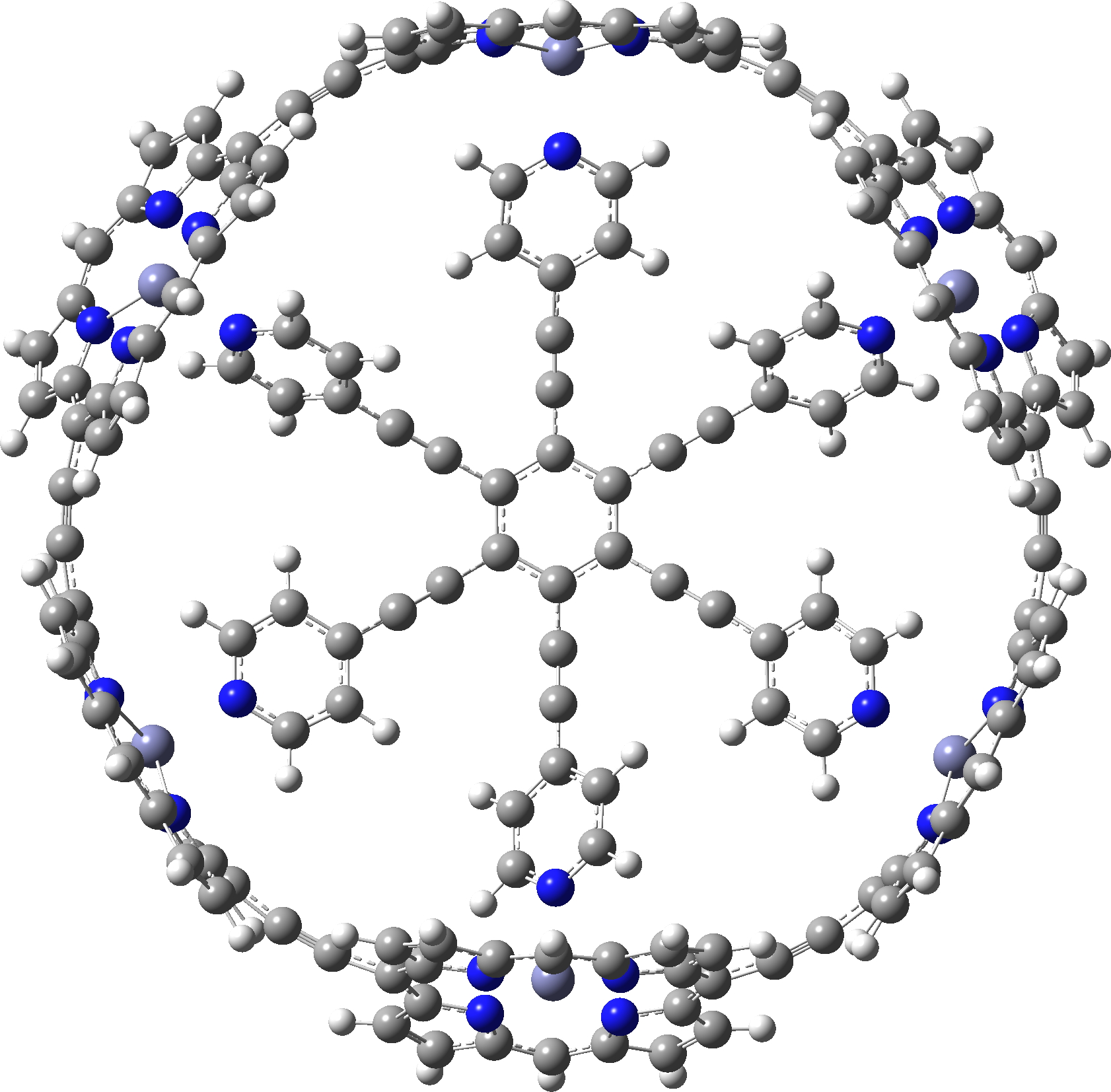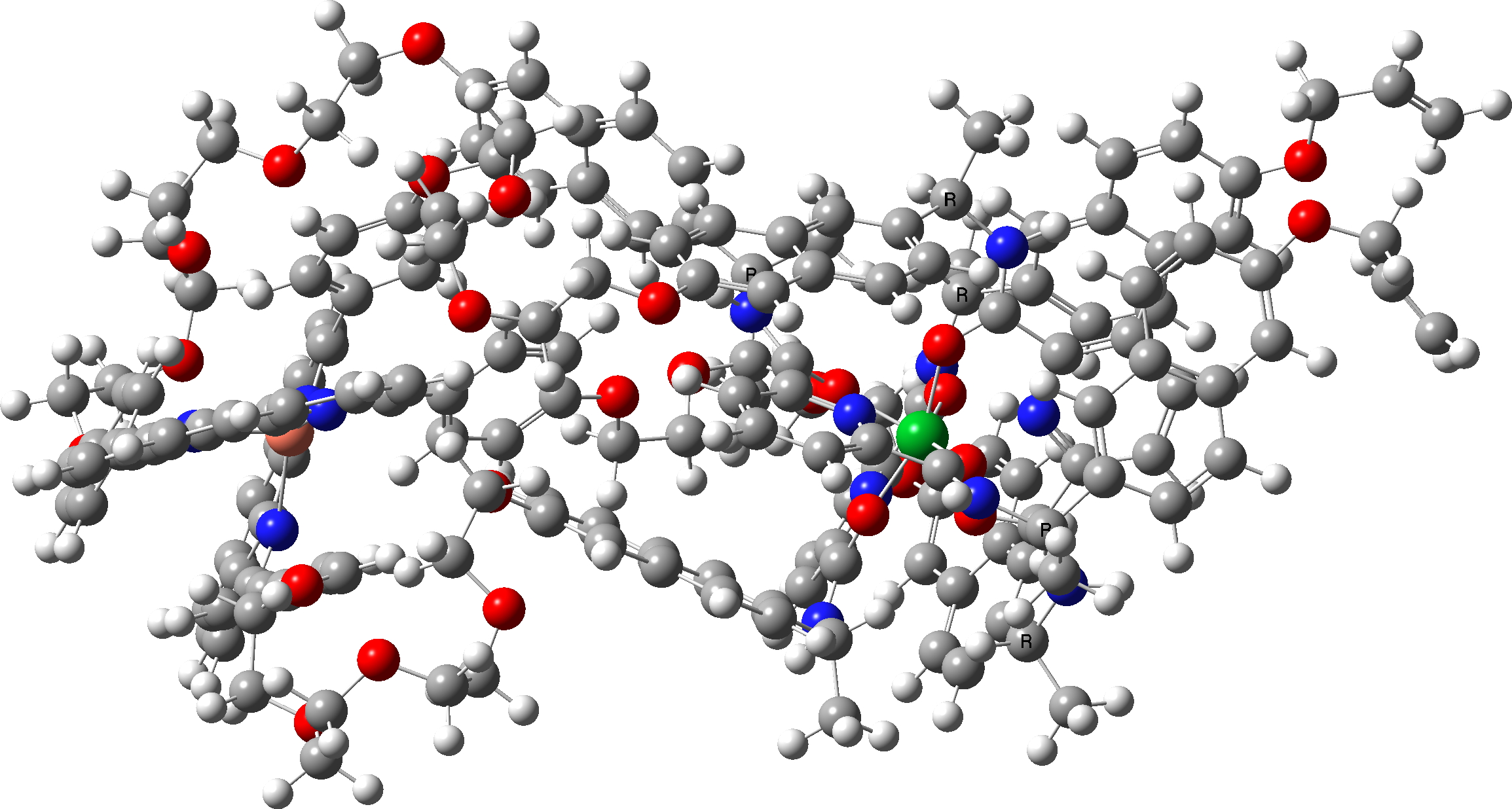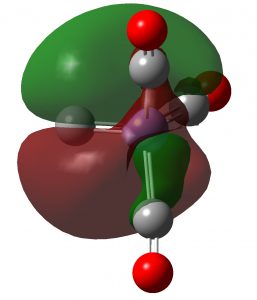Deltamethin is a pyrethroid insecticide for control of malaria which has been used for a little while. Perhaps inevitably, mosquitoes are developing resistance to it. So what could be done about countering this? Well, perhaps surprisingly, form a polymorph![cite]10.1073/pnas.2013390117[/cite] These crystal structure isomers are often highly undesirable;
For obvious reasons, anti-viral molecules are very much in the news at the moment. Thus Derek Lowe highlights Molnupiravir which is shown as a hydroxylamine, the representation originating from the Wikipedia page on the molecule. I like stereocentres more clearly identified using eg R / S notation and so I went to another source of information, SciFinder, which represents the molecule in a different way.

The last post addressed the concept of “steric clashes” in a pericyclic reaction transition state as an extension of the time honoured practice of building molecular models to analyse reaction outcomes. A modern computer generated model might express this in terms of a NCI (non-covalent-interaction) surface.
Last May, I wrote an update to the story sparked by the report of the chemical synthesis of C 2 .[cite]10.1038/s41467-020-16025-x[/cite] This species has a long history of spectroscopic observation in the gas phase, resulting from its generation at high temperatures.[cite]10.1021/acs.accounts.0c00703[/cite] The chemical synthesis however was done in solution at ambient or low temperatures, a game-changer as they say.
The quote of the post title comes from R. B. Woodward explaining the genesis of the discovery of what are now known as the Woodward-Hoffmann rules for pericyclic reactions.[cite]10.1021/ja01080a054[/cite] I first wrote about this in 2012, noting that “ for (that) blog, I do not want to investigate the transition states”. Here I take a closer look at this aspect.

In the previous post, I showed the geometries of three large cyclic porphyrins, as part of an article[cite]10.1038/s41557-019-0398-3[/cite] on exploring the aromaticity of large 4n+2 cyclic rings. One of them had been induced into a “figure-eight” or lemniscular conformation, as shown below.

Here is another of the “large” molecules in the c&e news shortlist for molecule-of-the-year, 2020. This one is testing the Hückel 4n+2 rule out to a value never before seen (n = 40, or 162 π-electrons).[cite]10.1038/s41557-019-0398-3[/cite] The take-home message is that this rule seems to behave well in predicting global aromaticity even at this sort of scale!

The title derives from an article[cite]10.1038/s41586-020-2614-0[/cite] which was shortlisted for the annual c&en molecule of the year 2020 awards (and which I occasionally cover here). In fact this year’s overall theme is certainly large molecules, the one exception being a smaller molecule with a quadruple bond to boron, a theme I have already covered here.
Cyclopropenylidene must be the smallest molecule to be aromatic due to π-electrons, with just three carbon atoms and two hydrogen atoms. It has now been detected in the atmosphere of Titan, one of Saturn’s moons[cite]10.3847/1538-3881/abb679[/cite] and joins benzene, another aromatic molecule together with the protonated version of cyclopropenylidene, C 3 H 3 + also found there.

Way back in 2010, I was writing about an experience I had just had during an organic chemistry tutorial, which morphed into speculation as to whether a carbon atom might sustain a quadruple bond to nitrogen. A decade on, and possibly approaching 100 articles by many authors on the topic, quadruple bonds to carbon continue to fascinate.
